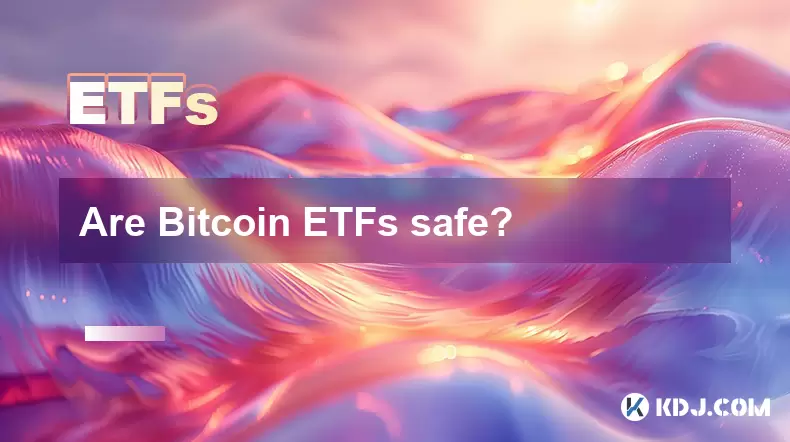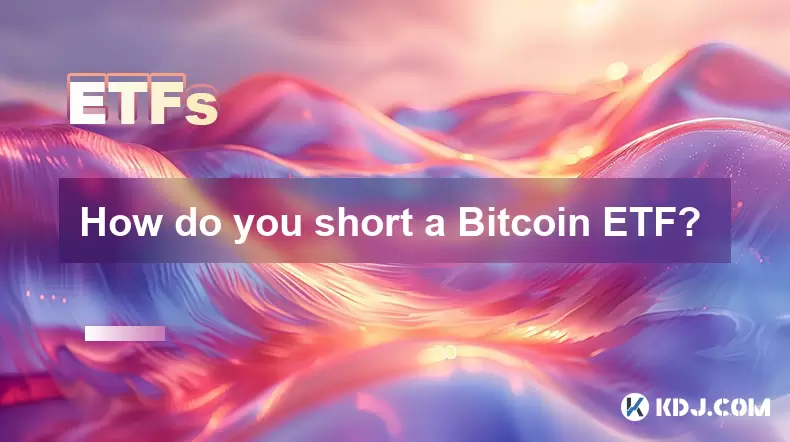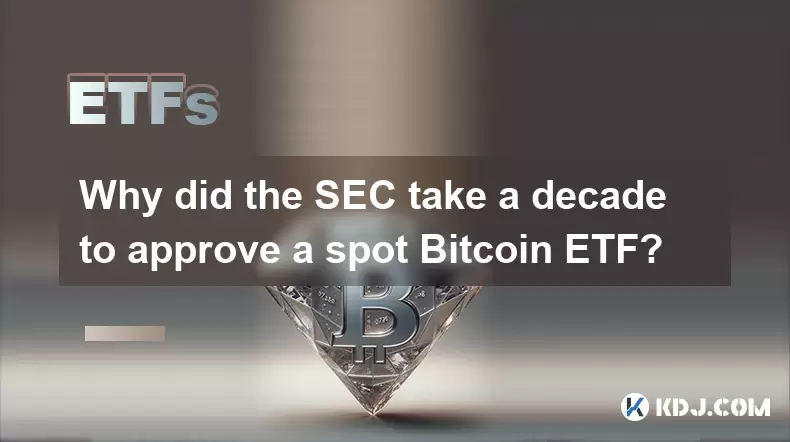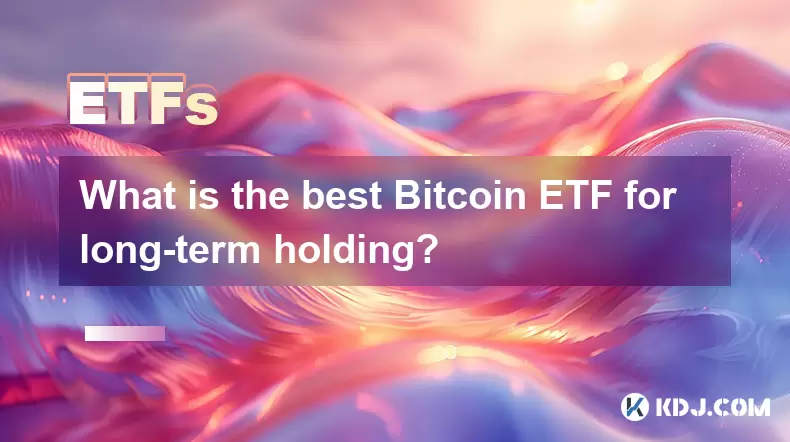-
 Bitcoin
Bitcoin $119,307.8340
-0.09% -
 Ethereum
Ethereum $2,996.2401
0.31% -
 XRP
XRP $2.9260
3.16% -
 Tether USDt
Tether USDt $1.0001
-0.03% -
 BNB
BNB $688.6252
-0.73% -
 Solana
Solana $162.0187
0.23% -
 USDC
USDC $0.9998
-0.01% -
 Dogecoin
Dogecoin $0.1967
-1.19% -
 TRON
TRON $0.3024
0.19% -
 Cardano
Cardano $0.7315
-1.48% -
 Hyperliquid
Hyperliquid $47.5984
-3.19% -
 Stellar
Stellar $0.4532
-8.55% -
 Sui
Sui $3.8371
6.14% -
 Chainlink
Chainlink $15.6789
-0.24% -
 Hedera
Hedera $0.2378
-2.85% -
 Bitcoin Cash
Bitcoin Cash $503.1103
-1.03% -
 Avalanche
Avalanche $21.1298
-1.01% -
 UNUS SED LEO
UNUS SED LEO $9.0046
-0.35% -
 Shiba Inu
Shiba Inu $0.0...01315
-2.17% -
 Toncoin
Toncoin $3.0254
1.93% -
 Litecoin
Litecoin $95.3181
0.32% -
 Monero
Monero $344.0683
2.10% -
 Polkadot
Polkadot $3.9387
-1.82% -
 Uniswap
Uniswap $9.0508
5.52% -
 Dai
Dai $0.9998
-0.01% -
 Ethena USDe
Ethena USDe $1.0004
-0.02% -
 Bitget Token
Bitget Token $4.4609
1.26% -
 Pepe
Pepe $0.0...01217
-2.34% -
 Aave
Aave $313.8047
1.56% -
 Bittensor
Bittensor $406.8340
3.03%
Are Bitcoin ETFs safe?
A Bitcoin ETF offers regulated exposure to Bitcoin's price through stock exchanges, providing security via trusted custodians and reducing the need for direct crypto ownership.
Jul 12, 2025 at 02:08 am

What Exactly Is a Bitcoin ETF?
A Bitcoin Exchange-Traded Fund (ETF) is an investment vehicle that tracks the price of Bitcoin and trades on traditional stock exchanges. Unlike directly purchasing Bitcoin, which requires managing private keys and using cryptocurrency exchanges, a Bitcoin ETF allows investors to gain exposure to Bitcoin through a regulated financial instrument.
The underlying asset of a Bitcoin ETF is typically Bitcoin itself or futures contracts tied to its price. These funds are designed to mirror Bitcoin's market performance without requiring direct ownership. Investors buy shares in the ETF, and each share represents a fraction of the fund’s total Bitcoin holdings.
One key advantage of a Bitcoin ETF is its accessibility. It enables traditional investors who may be unfamiliar with cryptocurrencies to participate in Bitcoin's price movements within familiar trading environments. This structure also introduces regulatory oversight, which can enhance investor confidence compared to less-regulated crypto exchanges.
Important Note:
The safety of a Bitcoin ETF largely depends on the reputation of the issuer, the custodial arrangements for the underlying assets, and the level of regulatory compliance.Regulatory Oversight and Its Impact on Safety
Regulation plays a critical role in determining how safe a Bitcoin ETF is for investors. In jurisdictions like the United States, the Securities and Exchange Commission (SEC) has been cautious about approving spot Bitcoin ETFs due to concerns around market manipulation, custody solutions, and liquidity.
In contrast, some countries have already approved Bitcoin ETFs. Canada, for example, launched several Bitcoin ETFs that trade on major stock exchanges. These products are subject to strict reporting requirements and must disclose their Bitcoin holdings regularly. This transparency helps reduce risks associated with mismanagement or fraud.
The presence of a trusted custodian is another factor that enhances the safety of Bitcoin ETFs. Reputable custodians use cold storage solutions and multi-signature wallets to protect the digital assets backing the ETF shares. These security measures significantly reduce the likelihood of theft or unauthorized access.
- Custody Solutions: Top-tier institutions like Fidelity Digital Assets provide institutional-grade storage.
- Transparency Protocols: Daily disclosure of Bitcoin reserves ensures accountability.
- Regulatory Compliance: Regular audits and adherence to securities laws build trust among investors.
Risks Associated With Bitcoin ETFs
Despite the advantages offered by Bitcoin ETFs, they come with inherent risks that investors should understand before committing capital. One of the primary concerns is the volatility of Bitcoin itself. Even though ETFs offer a more secure way to invest, they do not insulate investors from price fluctuations.
Another risk involves tracking errors. While most ETFs aim to closely follow Bitcoin’s price, discrepancies can occur due to fees, management strategies, or delays in rebalancing the fund’s holdings. This means investors might not receive the exact returns of Bitcoin over time.
Counterparty risk is also present in certain types of Bitcoin ETFs, especially those that use derivatives instead of holding actual Bitcoin. If the entity issuing the derivative fails to meet its obligations, investors could face losses even if Bitcoin’s price rises.
- Volatility Exposure: Bitcoin’s price swings directly impact ETF value.
- Tracking Errors: Fees and operational inefficiencies may cause deviations from Bitcoin’s spot price.
- Counterparty Risk: Derivative-based ETFs depend on third-party agreements.
Differences Between Physical and Synthetic Bitcoin ETFs
There are two main types of Bitcoin ETFs: physical and synthetic. Understanding these differences is crucial for assessing their respective levels of safety.
Physical Bitcoin ETFs hold actual Bitcoin as collateral for the issued shares. These are generally considered safer because investors have a direct claim on real Bitcoin stored securely by a custodian. However, they require robust infrastructure to ensure the digital assets are protected from cyber threats.
Synthetic Bitcoin ETFs, on the other hand, do not hold Bitcoin directly. Instead, they use derivatives such as swaps or futures contracts to replicate Bitcoin’s price movement. While this approach avoids the need for custody solutions, it introduces counterparty risk since the ETF’s performance depends on the solvency of the derivative provider.
- Physical ETFs: Backed by actual Bitcoin holdings, offering more transparency.
- Synthetic ETFs: Use financial instruments, increasing reliance on counterparties.
How to Evaluate the Safety of a Bitcoin ETF
When considering investing in a Bitcoin ETF, investors should conduct thorough due diligence. Start by researching the fund provider’s reputation and track record in managing similar financial products. Established firms like BlackRock, WisdomTree, and Valkyrie have submitted proposals for Bitcoin ETFs, signaling growing institutional interest.
Next, examine the ETF’s fee structure. Management fees, transaction costs, and other expenses can erode returns over time. Compare multiple offerings to find one that balances cost efficiency with strong security features.
Investors should also review the ETF’s prospectus and annual reports to understand its investment strategy, custodial arrangements, and risk disclosures. Look for clear communication regarding how the fund intends to manage cybersecurity threats and whether it offers insurance coverage for digital assets.
- Provider Reputation: Choose ETFs from well-established and trustworthy financial institutions.
- Fee Analysis: Assess expense ratios and compare them across different products.
- Security Measures: Confirm the presence of cold storage, multi-sig wallets, and insurance policies.
Frequently Asked Questions
Q1: Can I redeem Bitcoin ETF shares for actual Bitcoin?
Most Bitcoin ETFs do not allow individual investors to redeem shares for physical Bitcoin. Redemption is usually reserved for authorized participants, such as large institutional buyers.
Q2: Are Bitcoin ETFs available globally?
No, availability varies by country. Countries like Canada and Brazil have approved Bitcoin ETFs, while others, including the U.S., are still evaluating regulatory frameworks.
Q3: How does taxation work for Bitcoin ETFs?
Tax treatment depends on local laws. In many jurisdictions, Bitcoin ETFs are taxed similarly to traditional ETFs, based on capital gains or income derived from dividends.
Q4: Do Bitcoin ETFs pay dividends?
Bitcoin ETFs typically do not generate dividends unless the fund earns income from staking or lending activities. Most ETFs focus solely on tracking Bitcoin’s price.
Disclaimer:info@kdj.com
The information provided is not trading advice. kdj.com does not assume any responsibility for any investments made based on the information provided in this article. Cryptocurrencies are highly volatile and it is highly recommended that you invest with caution after thorough research!
If you believe that the content used on this website infringes your copyright, please contact us immediately (info@kdj.com) and we will delete it promptly.
- BDAG X1 App Skyrockets, SHIB Rebounds, and XMR Holds Strong: What's Happening?
- 2025-07-15 07:10:12
- Ruvi AI: The Audited Token Set to Outshine Ethereum with Massive Gains?
- 2025-07-15 06:50:12
- DeFi Token with 10X Potential: Mutuum Finance and the Year-End Opportunity
- 2025-07-15 06:50:12
- Bitcoin's Wild Ride: $120K Surge, Crypto Bill Buzz, and What It All Means
- 2025-07-15 07:10:12
- XRP's Cup and Handle: Millionaire Target in Sight?
- 2025-07-15 07:50:12
- Ethereum, 2025 Prediction & Ozak AI: Are New?
- 2025-07-15 06:30:12
Related knowledge

Are there any leveraged spot Bitcoin ETFs?
Jul 14,2025 at 02:22am
What is a Leveraged Spot Bitcoin ETF?A leveraged spot Bitcoin ETF refers to an exchange-traded fund that provides amplified exposure to the price move...

Bitcoin ETF vs buying Bitcoin on an exchange like Coinbase
Jul 09,2025 at 10:15am
What is a Bitcoin ETF?A Bitcoin ETF (Exchange-Traded Fund) is a financial product that tracks the price of Bitcoin without requiring investors to own ...

How do you short a Bitcoin ETF?
Jul 09,2025 at 06:14pm
Understanding the Basics of Shorting a Bitcoin ETFShorting a Bitcoin Exchange-Traded Fund (ETF) involves betting that the price of the ETF will fall. ...

Why did the SEC take a decade to approve a spot Bitcoin ETF?
Jul 11,2025 at 06:07am
Regulatory Framework and Historical ContextThe Securities and Exchange Commission (SEC) has long maintained a cautious approach to financial instrumen...

Are Bitcoin ETFs covered by SIPC insurance?
Jul 09,2025 at 05:56am
What is SIPC Insurance?SIPC insurance, formally known as the Securities Investor Protection Corporation (SIPC), is a U.S.-based organization that prov...

What is the best Bitcoin ETF for long-term holding?
Jul 12,2025 at 10:01am
Understanding Bitcoin ETFsA Bitcoin Exchange-Traded Fund (ETF) is a financial product that allows investors to gain exposure to Bitcoin without direct...

Are there any leveraged spot Bitcoin ETFs?
Jul 14,2025 at 02:22am
What is a Leveraged Spot Bitcoin ETF?A leveraged spot Bitcoin ETF refers to an exchange-traded fund that provides amplified exposure to the price move...

Bitcoin ETF vs buying Bitcoin on an exchange like Coinbase
Jul 09,2025 at 10:15am
What is a Bitcoin ETF?A Bitcoin ETF (Exchange-Traded Fund) is a financial product that tracks the price of Bitcoin without requiring investors to own ...

How do you short a Bitcoin ETF?
Jul 09,2025 at 06:14pm
Understanding the Basics of Shorting a Bitcoin ETFShorting a Bitcoin Exchange-Traded Fund (ETF) involves betting that the price of the ETF will fall. ...

Why did the SEC take a decade to approve a spot Bitcoin ETF?
Jul 11,2025 at 06:07am
Regulatory Framework and Historical ContextThe Securities and Exchange Commission (SEC) has long maintained a cautious approach to financial instrumen...

Are Bitcoin ETFs covered by SIPC insurance?
Jul 09,2025 at 05:56am
What is SIPC Insurance?SIPC insurance, formally known as the Securities Investor Protection Corporation (SIPC), is a U.S.-based organization that prov...

What is the best Bitcoin ETF for long-term holding?
Jul 12,2025 at 10:01am
Understanding Bitcoin ETFsA Bitcoin Exchange-Traded Fund (ETF) is a financial product that allows investors to gain exposure to Bitcoin without direct...
See all articles

























































































